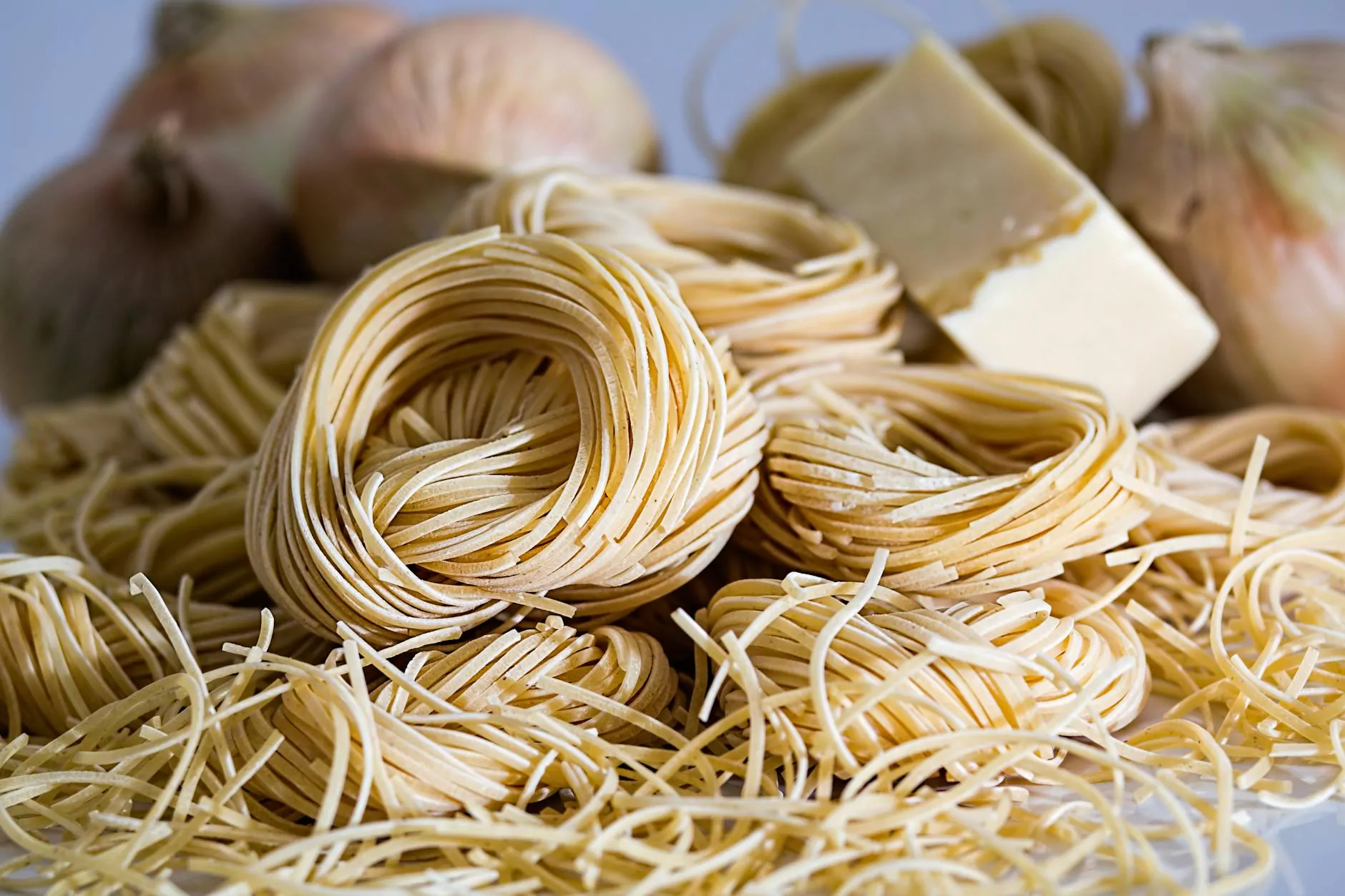Growing Wasabi Root: A Comprehensive Guide

Introduction to Wasabi
Wasabi (Wasabi japonica) is a perennial plant in the family Brassicaceae, native to Japan. While it's often mistaken for horseradish, true wasabi has a distinctive flavor that is both spicy and cooling. This unique root is coveted in culinary circles, especially in restaurants and sushi bars, for its capability to elevate dishes with its piquant taste and vibrant green color.
The Demand for Wasabi in Culinary Arts
As sushi and Japanese cuisine gain popularity worldwide, the demand for authentic wasabi skyrockets. Unfortunately, true wasabi is rare and often misrepresented. Many establishments use horseradish mixed with green dye as a substitute, leaving a gap in the market for genuine wasabi root. For aspiring restaurateurs and culinary experts, understanding the techniques for growing wasabi root could provide a competitive edge.
The Ideal Growing Conditions for Wasabi
Successful cultivation of wasabi root relies on specific environmental conditions. Here’s a detailed overview of what is necessary:
1. Climate Considerations
- Temperature: Wasabi thrives in cool, temperate climates. The ideal temperature range for growing is between 45°F to 75°F (7°C to 24°C).
- Humidity: High humidity levels are crucial since wasabi is native to moist, shady areas. Ideally, humidity should remain above 60%.
2. Soil Requirements
The right soil composition is vital. Wasabi prefers:
- Well-Drained Soil: The roots are susceptible to rot if waterlogged. Sandy loam with good drainage is ideal.
- Rich in Organic Matter: Adding compost can improve soil quality and provide essential nutrients.
- pH Level: Wasabi thrives in slightly acidic to neutral soil (pH 6.0 to 7.0).
3. Watering Needs
Consistent moisture is key for growing wasabi root. Irrigation systems should ensure that the soil remains damp but not soggy. Wasabi does best with:
- Regular Watering: Water should be given frequently, especially during warm spells.
- Water Quality: It's essential to use filtered or spring water, as chlorine can inhibit growth.
Starting Your Wasabi Garden
Once you understand the ideal conditions, the next step is to start your wasabi garden. Here’s how:
1. Sourcing Quality Rhizomes
Acquire healthy wasabi rhizomes from reputable suppliers. Ensure that they are disease-free and have vibrant green stems. Avoid supermarket-grade substitutes, as they do not yield healthy plants.
2. Propagation Techniques
Wasabi can be propagated through either rhizomes or seed. However, growing from rhizomes is generally preferred due to its higher success rate. Follow these steps:
- Cutting Rhizomes: Cut rhizomes into sections, ensuring each piece has at least one bud.
- Planting Depth: Plant the rhizome pieces about 1 to 2 inches deep in moist soil.
- Spacing: Ensure that each piece is spaced around 12 inches apart to allow for growth.
3. Care and Maintenance
Providing adequate care will set your wasabi plants up for success. Regular tasks include:
- Weeding: Regularly remove weeds that compete for nutrients and moisture.
- Pest Control: Monitor for pests like aphids and slugs, using organic treatments when necessary.
- Fertilization: Use organic fertilizers like fish emulsion to nourish your plants, applying every few weeks during the growing season.
Harvesting Wasabi Root
Harvesting is a critical step in the wasabi-growing process. Here’s what to keep in mind:
1. Timing the Harvest
Wasabi typically takes 18 to 24 months to mature. Look for signs such as:
- Yellowing Leaves: When the leaves start to turn yellow and wilt, it may indicate the plant is ready for harvest.
- Root Size: Gently unearth a few plants to check the size of the rhizome. A substantial growth indicates maturity.
2. Harvesting Techniques
When harvesting wasabi, follow these steps:
- Use a Shovel: Carefully dig around the plant, lifting the rhizome gently to avoid damage.
- Clean the Roots: Wash the rhizomes thoroughly to remove any soil and debris.
- Cut for Use: Use a sharp knife to cut off the desired amount, ensuring the plant can continue to grow.
The Culinary Uses of Wasabi
Once harvested, wasabi root can be used in various dishes, enhancing the flavors of meals served in restaurants and sushi bars. Here are some culinary applications:
- Condiment for Sushi: Freshly grated wasabi provides a brilliant pairing with sushi and sashimi, enhancing the flavor experience.
- Dressings and Sauces: Incorporate finely grated wasabi into salad dressings or dipping sauces for a unique kick.
- Marinades: Use wasabi to create flavorful marinades for meats and vegetables, intensifying the taste.
The Health Benefits of Wasabi
Wasabi offers numerous health benefits, making it a valuable addition to any menu:
1. Antioxidant Properties
Wasabi contains compounds that help fight free radicals, promoting overall health and wellness.
2. Antimicrobial Effects
Research indicates that wasabi may have antimicrobial properties, making it beneficial for gut health and digestion.
3. Pain Relief
The active compounds in wasabi may act as natural pain relief agents, particularly beneficial in combatting conditions like arthritis.
Conclusion
In conclusion, growing wasabi root can be both a rewarding and profitable venture for culinary enthusiasts and businesses alike. By understanding the environmental needs, cultivation techniques, and culinary uses of wasabi, you can elevate your restaurant's offerings and give your patrons an authentic Japanese culinary experience. Whether you're a home gardener or a professional chef, mastering the art of growing wasabi will undoubtedly impress and delight your customers at establishments like realwasabi.com.









